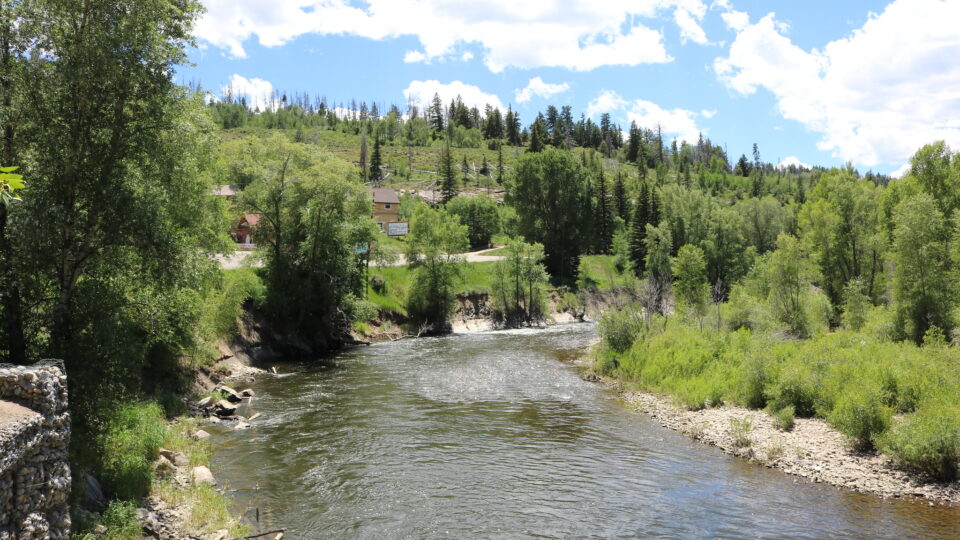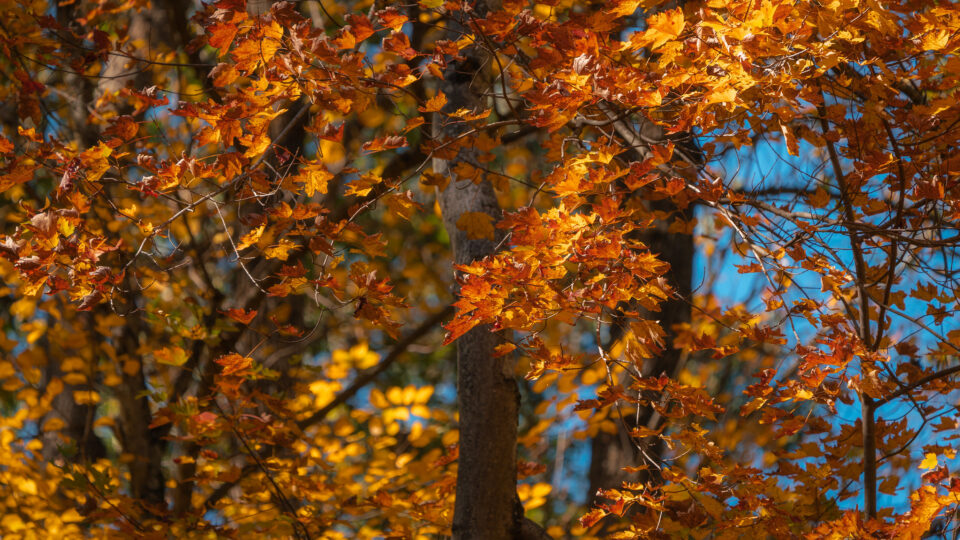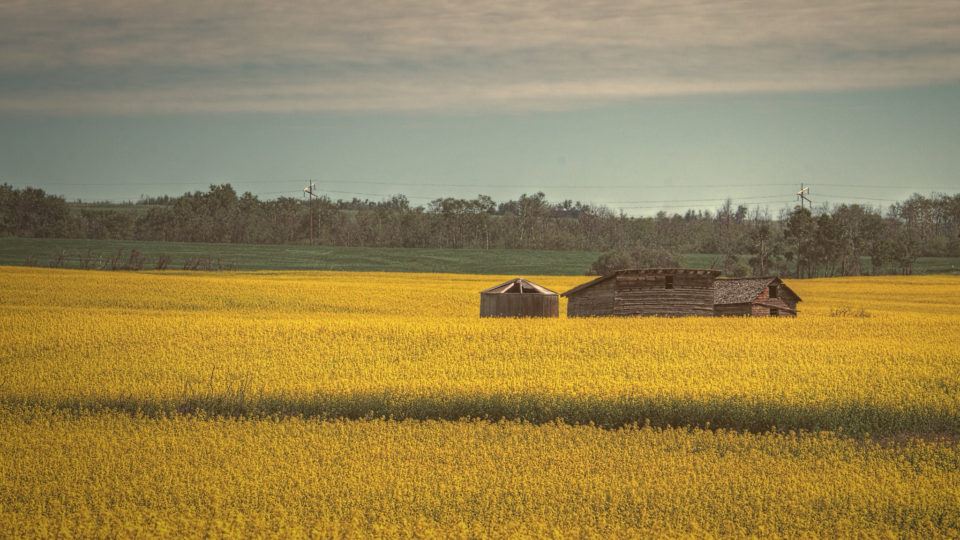A recent study, published in Geophysical Research Letters, found that one-third of large American rivers have had significant changes of color over the past 30 years. Rivers can appear to be shades of blue, green, and yellow and we tend to expect healthy rivers to have colors in shades of blue. According to the new study, only 6% of American rivers are dominantly blue.
The study looked at 235,000 Landsat images taken from 1984 to 2018. The results are that 56% of rivers studied were dominantly yellow, 38% dominantly green, and 6% blue. Over the 34 years studied, 33% of the rivers had significant changes in color. About 21% became greener and 12% more yellow.
The chief causes of color changes in rivers are farm fertilizer runoff, dams, efforts to fight soil erosion, and climate change. Climate change increases water temperature and rain-related runoff.
Color changes are not necessarily a sign of poor river health, but dramatic changes could point to issues that need attention. A river can change color based on the amount of sediment, algae, or dissolved organic carbon in the water. If a river becomes greener, it can often mean large algae blooms are present that cause oxygen loss and can produce toxins. On the other hand, rivers that are getting less yellow demonstrate the success of regulations to prevent soil erosion.
The study of river colors can pinpoint which rivers are undergoing rapid environmental change. What the study does not provide is information on water quality. Water quality measurements will be important to determine the health of many of the rapidly changing rivers.
**********
Web Links
One Third of U.S. Rivers Changed Their Color, Three Decades of Satellite Images Show
Photo, posted July 6, 2016, courtesy of Jeffrey Beall via Flickr.
Earth Wise is a production of WAMC Northeast Public Radio.


